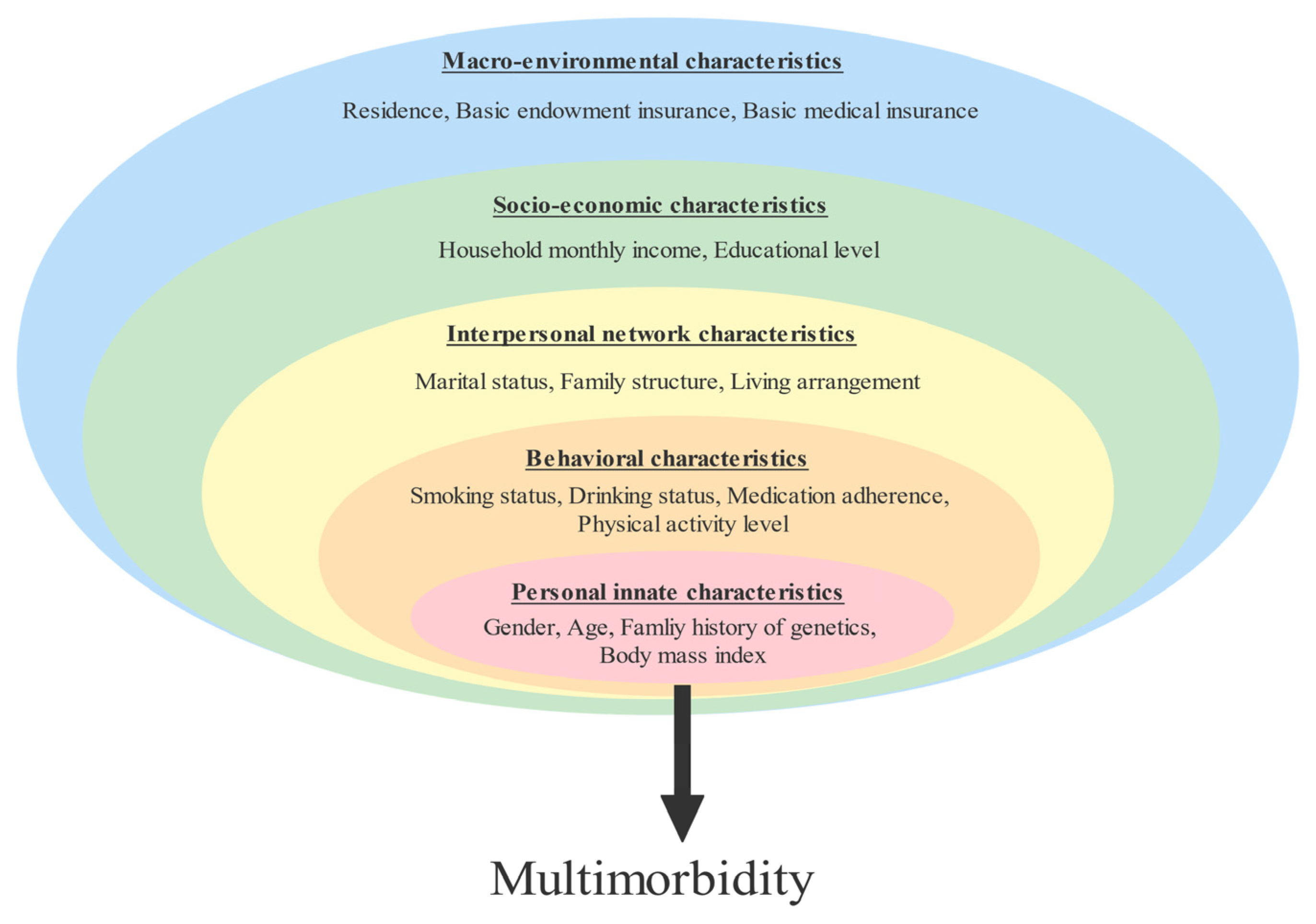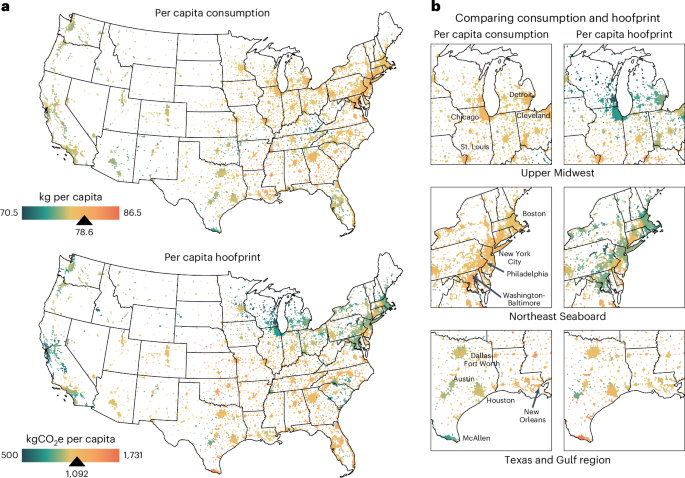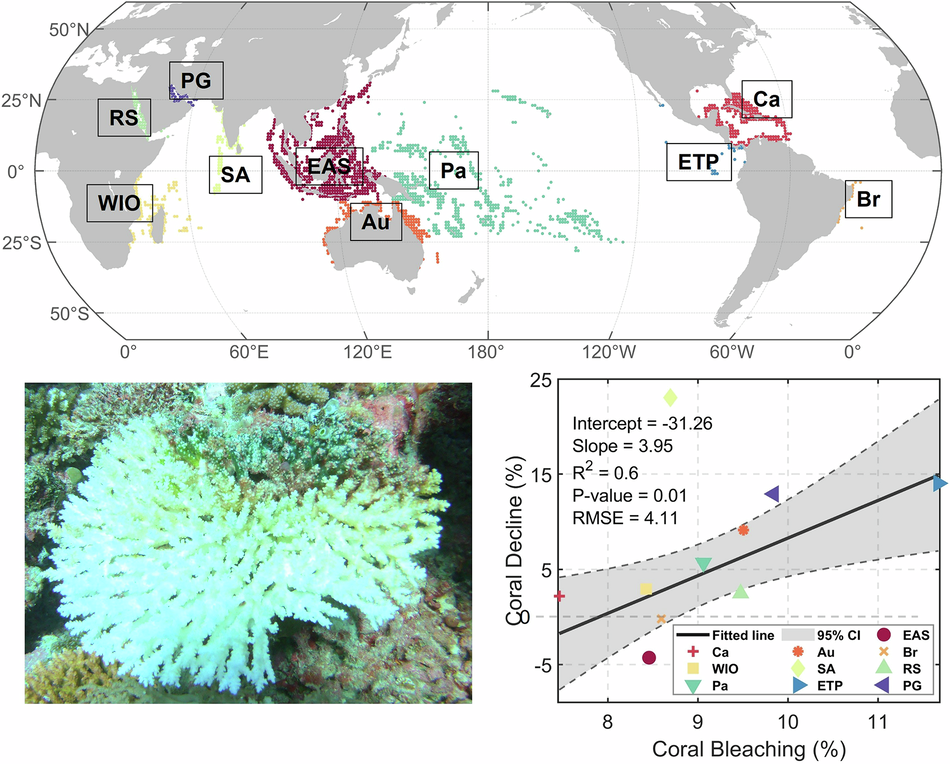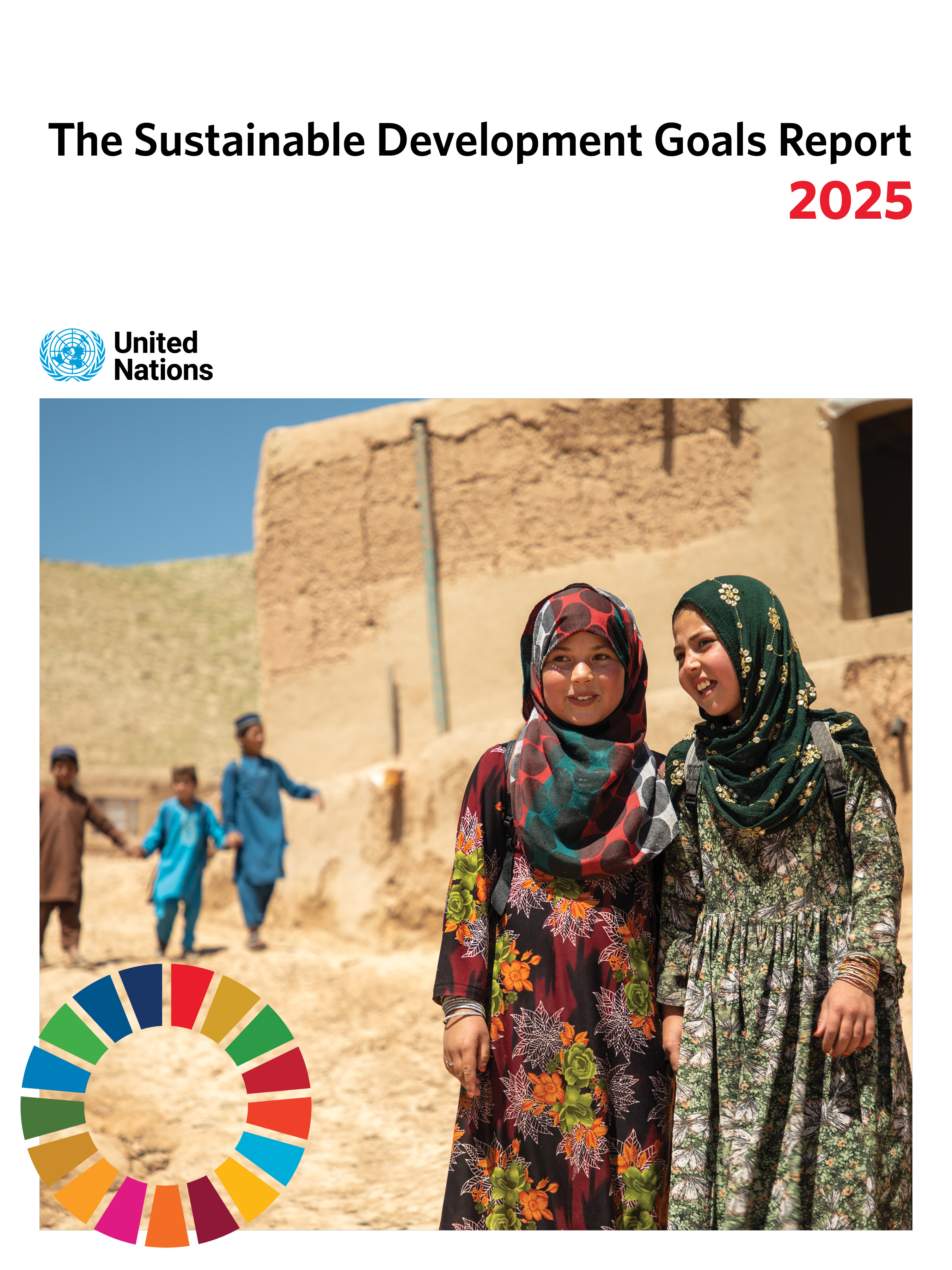Mediterranean Sea poised to break all-time heat records – FOX Weather

Mediterranean Sea Approaches Record High Temperatures Amidst Global Climate Concerns
Overview of Current Temperature Anomalies
The Mediterranean Sea is currently experiencing unprecedented warming, with sea surface temperatures estimated to be 5 to 10 degrees Fahrenheit above average in large portions of the basin. Satellite data indicate that these temperatures have consistently broken records throughout June, with readings mostly in the mid to upper 70s Fahrenheit. The warmest average temperature was recorded in August 2024 at 84 degrees Fahrenheit, surpassing the previous record set in 2023, according to Europe’s Copernicus Marine Service.

Mediterranean Sea Extreme Warmth Map
(Copernicus Marine Service / FOX Weather)
Environmental and Ecological Impacts
The ongoing marine heatwave poses significant risks to marine ecosystems, particularly coral reef habitats. Although the Mediterranean does not contain extensive coral reefs like tropical regions, it hosts unique coral formations and other vital marine habitats that are vulnerable to prolonged heat stress.
- Extended marine heatwaves cause coral bleaching and ecosystem degradation.
- Unique Mediterranean coral formations face increased mortality risk.
- Warming waters disrupt biodiversity and marine food chains.
This situation directly relates to the Sustainable Development Goal 14: Life Below Water, which emphasizes the conservation and sustainable use of oceans, seas, and marine resources.
Influence on Regional Climate and Human Health
The elevated sea surface temperatures are also affecting weather patterns across Southern Europe and Northern Africa. Recent observations show increased humidity levels, with dew points reaching mid-70s Fahrenheit, resembling tropical climates such as the US Gulf Coast. This rise in moisture intensifies the heat index, making it more difficult for individuals to cool down naturally.
- Increased humidity raises heat stress risks for populations.
- Approximately 20% of European households have air conditioning, limiting adaptive capacity.
- Heatwaves exacerbate health risks, particularly for vulnerable groups.
These impacts highlight the importance of SDG 3: Good Health and Well-being and SDG 11: Sustainable Cities and Communities, focusing on reducing health risks from climate-related hazards and improving urban resilience.
Global Context and Climate Change Attribution
The Mediterranean warming is part of a broader global trend of rising ocean temperatures, with record warmth observed in most ocean basins in recent years. While climate change is widely recognized as a primary driver, regional oscillation patterns may also contribute.

Sea Surface Temperature (SST) Anomaly Map as of June 23, 2025
(ClimateReanalyzer.org / FOX Weather)
This trend underscores the critical need for global action aligned with SDG 13: Climate Action, which calls for urgent measures to combat climate change and its impacts.
Implications for the 2025 Atlantic Hurricane Season
Potential Effects of Mediterranean Warming on Tropical Cyclones
The persistent warmth in the Mediterranean and adjacent subtropical waters may influence Atlantic hurricane activity in complex ways:
- Warm subtropical zones can suppress tropical cyclone formation in the Main Development Region (MDR) by reducing atmospheric instability.
- Conversely, warmer waters at higher latitudes may encourage tropical activity outside traditional storm formation zones.
- Forecasters are monitoring whether Mediterranean anomalies will shift southwestward, potentially affecting typical water temperature patterns in the Atlantic.
A historical comparison to 2003 shows a similar pattern where a hot Mediterranean coincided with a cooler tropical Atlantic early in the season, followed by warming that led to several long-track Cape Verde hurricanes.

2003 Sea Surface Temperature Global Anomalies
(NOAA)
Monitoring and Future Outlook
The 2025 Atlantic hurricane season’s development remains uncertain, with ongoing observation of Mediterranean heatwave impacts critical for understanding regional and global climate interactions. This monitoring supports the implementation of SDG 11: Sustainable Cities and Communities by informing disaster preparedness and resilience strategies.
Conclusion: Integrating Climate Action with Sustainable Development
The record-breaking warming of the Mediterranean Sea exemplifies the urgent challenges posed by climate change to marine ecosystems, human health, and weather patterns. Addressing these challenges requires coordinated efforts aligned with the United Nations Sustainable Development Goals, particularly:
- SDG 13: Climate Action – Mitigating climate change and enhancing adaptive capacity.
- SDG 14: Life Below Water – Protecting marine biodiversity and ecosystems.
- SDG 3: Good Health and Well-being – Reducing health risks from environmental hazards.
- SDG 11: Sustainable Cities and Communities – Building resilience against climate-related disasters.
Continued research, monitoring, and policy action are essential to safeguard the Mediterranean region and contribute to global sustainability and resilience.
1. Sustainable Development Goals (SDGs) Addressed or Connected
- SDG 13: Climate Action
- The article discusses rising sea surface temperatures in the Mediterranean Sea, attributing long-term warming to climate change.
- It highlights the effects of marine heatwaves and their influence on weather patterns, indicating the need for climate mitigation and adaptation.
- SDG 14: Life Below Water
- The article mentions damage to coral reef ecosystems due to marine heatwaves and the presence of unique coral formations in the Mediterranean.
- It emphasizes the ecological risks to marine habitats caused by warming seas.
- SDG 3: Good Health and Well-being
- The article notes increased heat index and humidity levels, which affect human health by making it harder for the body to cool down.
- It mentions limited access to air conditioning in Europe, which can exacerbate health risks during heat waves.
- SDG 11: Sustainable Cities and Communities
- By discussing the impact of heat waves and humidity on populations, the article indirectly connects to the need for resilient infrastructure and communities.
2. Specific Targets Under Those SDGs Identified
- SDG 13: Climate Action
- Target 13.1: Strengthen resilience and adaptive capacity to climate-related hazards and natural disasters in all countries.
- Target 13.3: Improve education, awareness-raising and human and institutional capacity on climate change mitigation, adaptation, impact reduction, and early warning.
- SDG 14: Life Below Water
- Target 14.2: Sustainably manage and protect marine and coastal ecosystems to avoid significant adverse impacts.
- Target 14.3: Minimize and address the impacts of ocean acidification, including through enhanced scientific cooperation at all levels.
- SDG 3: Good Health and Well-being
- Target 3.9: Reduce the number of deaths and illnesses from hazardous chemicals and air, water and soil pollution and contamination.
- Target 3.d: Strengthen the capacity of all countries for early warning, risk reduction and management of national and global health risks.
- SDG 11: Sustainable Cities and Communities
- Target 11.5: Reduce the number of deaths and the number of people affected by disasters, including water-related disasters.
- Target 11.b: Increase the number of cities and human settlements adopting and implementing integrated policies and plans towards inclusion, resource efficiency, mitigation and adaptation to climate change.
3. Indicators Mentioned or Implied to Measure Progress
- SDG 13 Indicators
- Indicator 13.1.1: Number of deaths, missing persons and directly affected persons attributed to disasters per 100,000 population.
- Indicator 13.3.1: Number of countries that have integrated mitigation, adaptation, impact reduction and early warning into primary, secondary and tertiary curricula.
- Implied use of satellite data and sea surface temperature (SST) anomaly maps to monitor climate trends and marine heatwaves.
- SDG 14 Indicators
- Indicator 14.2.1: Proportion of national exclusive economic zones managed using ecosystem-based approaches.
- Indicator 14.3.1: Average marine acidity (pH) measured at agreed suite of representative sampling stations.
- Implied monitoring of coral reef health and marine ecosystem status through biological assessments.
- SDG 3 Indicators
- Indicator 3.9.1: Mortality rate attributed to household and ambient air pollution.
- Indicator 3.d.1: International Health Regulations (IHR) capacity and health emergency preparedness.
- Implied measurement of heat index and humidity levels affecting human health.
- SDG 11 Indicators
- Indicator 11.5.1: Number of deaths, missing persons and directly affected persons attributed to disasters per 100,000 population.
- Indicator 11.b.2: Proportion of local governments that adopt and implement local disaster risk reduction strategies in line with national disaster risk reduction strategies.
4. Table of SDGs, Targets, and Indicators
| SDGs | Targets | Indicators |
|---|---|---|
| SDG 13: Climate Action |
|
|
| SDG 14: Life Below Water |
|
|
| SDG 3: Good Health and Well-being |
|
|
| SDG 11: Sustainable Cities and Communities |
|
|
Source: foxweather.com

What is Your Reaction?
 Like
0
Like
0
 Dislike
0
Dislike
0
 Love
0
Love
0
 Funny
0
Funny
0
 Angry
0
Angry
0
 Sad
0
Sad
0
 Wow
0
Wow
0
















































































